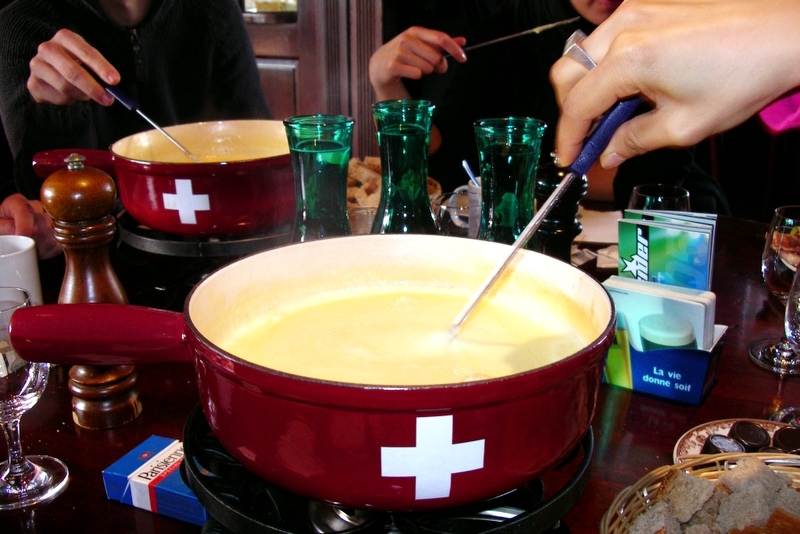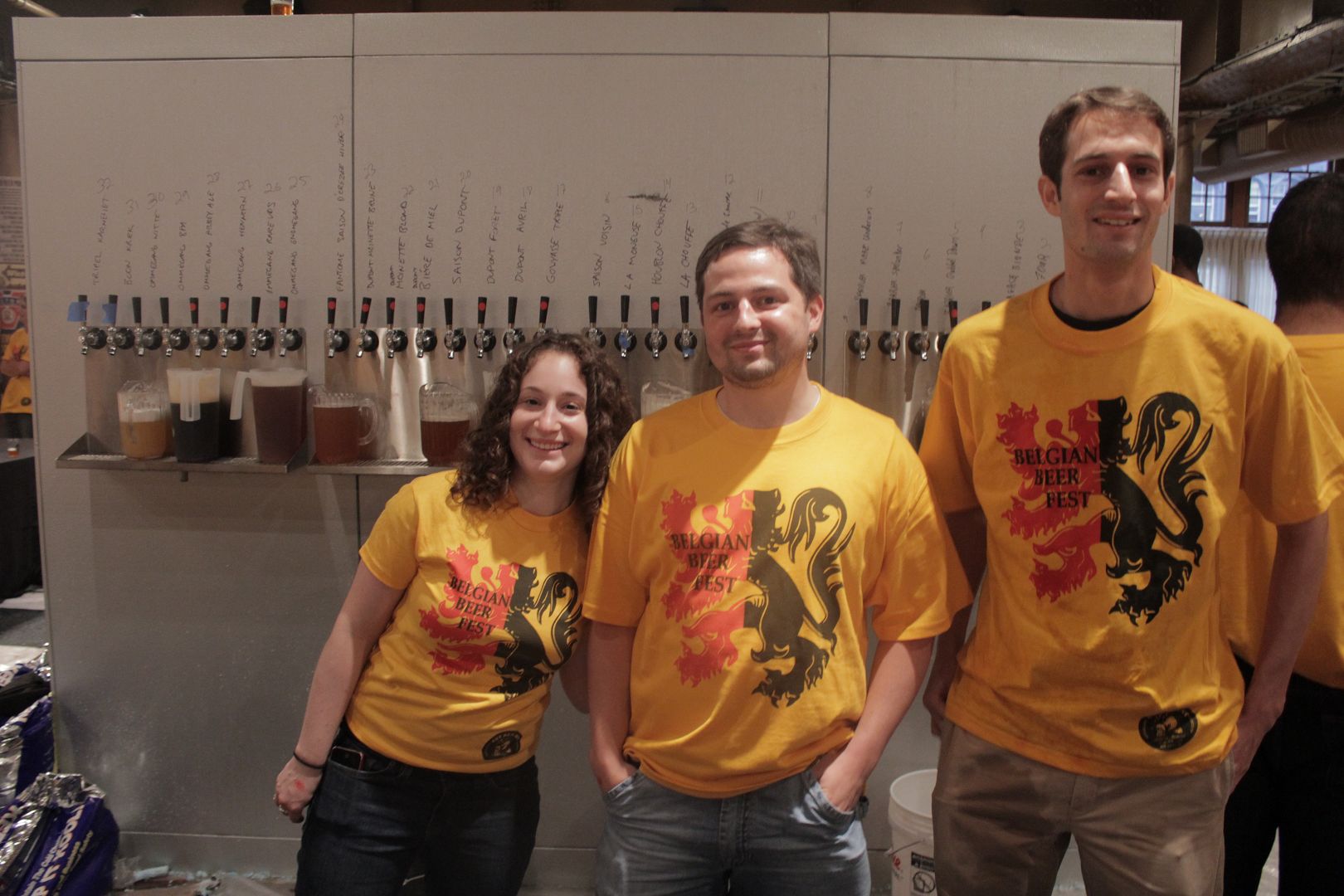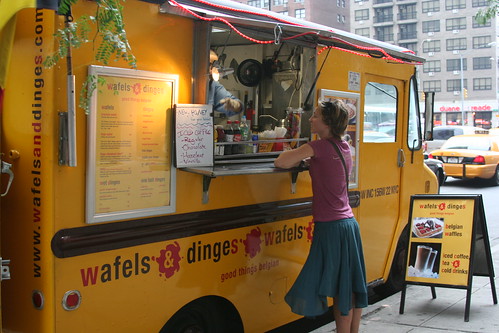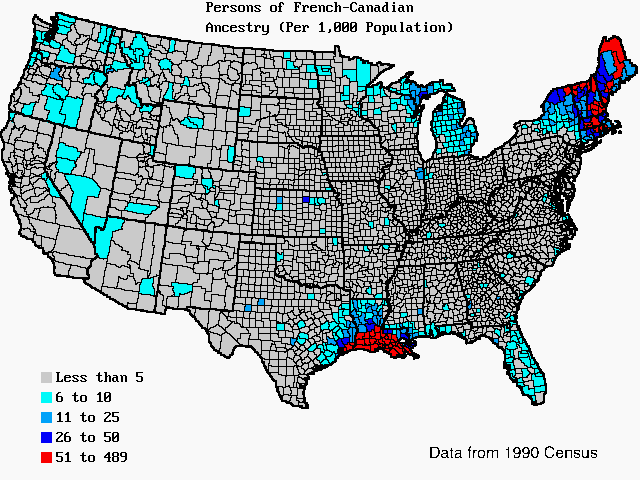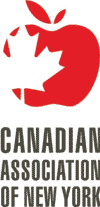At Brooklyn Beanstalk, the philosophy is that learning a new language is more than just words on a page – it is a sensory experience that should be an enchanting journey.
The founders, Sophie Amieva and Stephanie Larriere are French natives, certainly equipped with the skills and expertise to extend their knowledge to the children that they welcome at their language immersion program. With extensive backgrounds in Theater and Dance, Sophie and Stephanie integrated their artistic skills into the numerous classes they taught at the International School of Brooklyn.
Their successes in the classroom encouraged them to design the first Brooklyn Beanstalk French and Spanish immersion language programs, where both teach classes, aiming to “stimulate non-speakers and speakers of the target language alike to give them an opportunity to interact with us and eventually between themselves in a different language”. Using stories, songs, games, dance, art projects and hands-on activities, they hope to engage the children by ‘connecting with their sense of wonder and delight and innate love of play.’
Brooklyn Beanstalk differentiates itself from other immersion programs, as it has developed a distinct, child-centered approach to encouraging the language acquisition process. At Brooklyn Beanstalk they heavily integrate a sense of playfulness into their curriculums, ‘embracing each child’s idiosyncratic personality and learning abilities’, which is something that a very pleased mother emphasizes: “My daughter loves the French playgroups. We have been going to them for almost two years. Sophie, the instructor, is very dynamic, and the children respond very well to her. The themes for each term are creative and interesting for the kids.”
Their success is evident, as in the four years that the
program has existed, 80% of the students have returned to the program, often coming back with their younger siblings. The hopes of many of the parents is for their children to gain acceptance into the increasing dual language schools, where parents of non-target language speakers are ecstatic about their children’s linguistic opportunities outside of the home. The goal of the program is to complement the formal education the children receive: “With language, you learn that one object has not one but many referents. We are constantly assimilating and reshaping our reality.”
This is done through workshops, camps, art programs, a free Beanstalk Hourmonthly story time, and most recently, their weekly Circus Arts Camp, which takes place during the winter and spring school breaks.
If creativity, playfulness, and language acquisition to complement learning in the classroom is what you hope for your children, join the Circus!
For more information, feel free to contact Stephanie Larriere directly at:
stephanie@brooklynbeanstalk.com

